It will be the third digiscoped - zeiss series.
with this 3 theads, I have posted birds photo of oll kinds of Zeiss product I used in birding. gonna post other brands next time.
again. nothing is edited.
7. Zeiss Victory SF 8x42
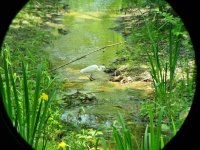
x3 zoom with phone camera (24mag)

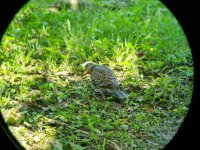
x3
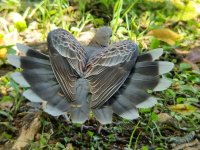
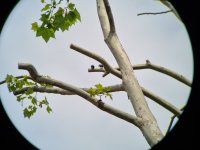
x3
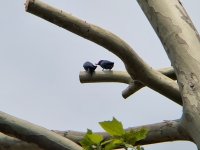
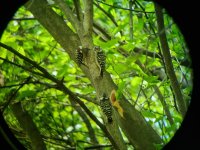
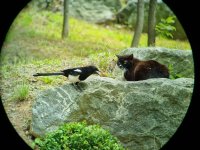
8. Zeiss Victory SF 10x42
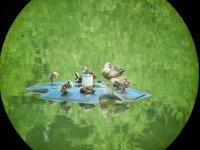
x3
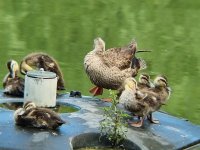
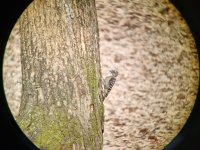
x3
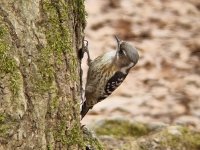
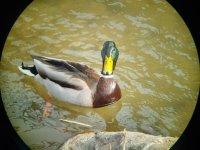
x3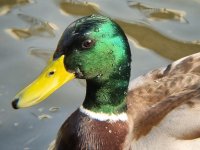
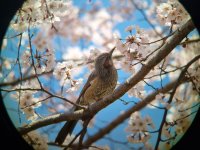
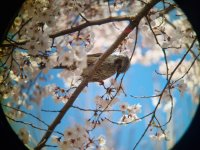
9. Zeiss Harpia 85mm
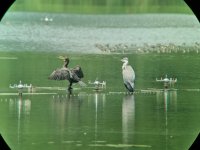
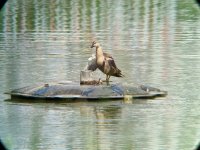
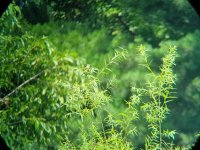
x3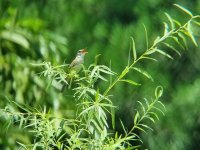
with this 3 theads, I have posted birds photo of oll kinds of Zeiss product I used in birding. gonna post other brands next time.
again. nothing is edited.
7. Zeiss Victory SF 8x42

x3 zoom with phone camera (24mag)


x3


x3



8. Zeiss Victory SF 10x42

x3


x3


x3



9. Zeiss Harpia 85mm



x3








